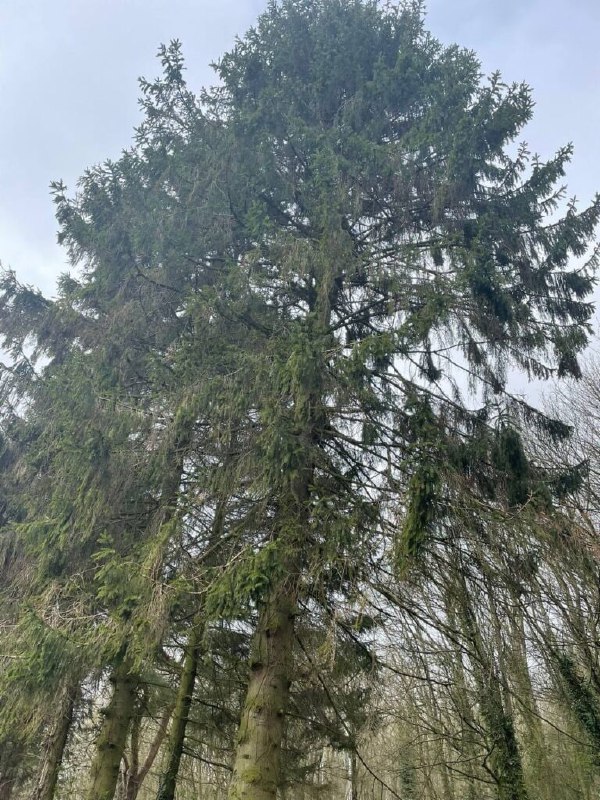Introduction
Trees add beauty, shade, and ecological benefits to a landscape, but when a tree becomes weak or unstable, it can quickly turn into a hazard. Many homeowners and property managers ignore the warning signs of a failing tree, hoping it will recover on its own. Unfortunately, delaying action can lead to severe property damage, personal injury, and costly repairs.
At T Wells Tree Surgeons, we provide expert tree care and felling services across Tunbridge Wells, Kent. Our professional team understands when tree removal is necessary to protect both people and property. In this guide, we’ll explore the dangers of ignoring a weak tree, the warning signs to look for, and when felling is the only option.
Why Ignoring a Weak Tree is Risky
Risk to Property
A weak or dying tree is far more vulnerable to strong winds, heavy rain, and storms. Falling branches or an entire tree collapse can cause extensive damage to roofs, fences, vehicles, and garden structures, leading to expensive repairs.
Safety Hazards
Unstable trees can pose a direct threat to people. Branches that appear secure may fall suddenly, especially during bad weather. A full tree collapse can cause severe injuries, making it essential to address the problem before it becomes dangerous.
Legal and Insurance Implications
Property owners are responsible for maintaining trees on their land. If a neglected tree falls and causes damage to neighbouring properties or injures someone, the owner may be held legally liable. Additionally, some insurance companies may not cover damages caused by a tree that showed obvious signs of weakness before falling.
Signs That a Tree is Weak and Needs Attention
Fungal Growth and Decay
The presence of fungi, such as mushrooms at the base of a tree, can indicate internal decay. If the wood beneath the bark is soft or hollow, the structural integrity of the tree may be compromised.
Cracks and Splitting
Large cracks in the trunk or major branches can weaken a tree, making it more likely to fail. Splitting often signals internal stress, which can lead to sudden collapse.
Leaning or Unstable Roots
A tree that begins to lean significantly may have root damage or weakening soil. Uprooted or exposed roots are another clear indication that the tree is at risk of falling.
Dead or Hanging Branches
Deadwood in the canopy suggests that parts of the tree are no longer receiving nutrients. Brittle, hanging branches can easily snap and fall, creating a significant safety hazard.
When Felling is the Only Option
While tree preservation is always preferred, there are times when removal is the safest course of action.
The Tree Poses an Immediate Danger
If a tree is close to a home, power lines, or public areas and shows signs of instability, professional removal is necessary to prevent accidents.
Irreversible Disease or Decay
If more than 50% of a tree is affected by disease, rot, or structural damage, recovery is unlikely. Removing the tree before it collapses can prevent further risks.
Storm Damage Has Weakened the Structure
Severe storms can split tree trunks, break major limbs, or loosen roots, leaving a tree unstable. If the damage is extensive, removal is often the best solution.
Professional Tree Felling Services
At T Wells Tree Surgeons, we provide safe and efficient tree felling services across Tunbridge Wells, Kent. Our expert arborists assess each tree carefully, determining whether removal is necessary and ensuring the process is carried out safely with minimal disruption to the surrounding area.
Conclusion
Ignoring a weak tree can lead to serious consequences, from property damage to personal injury and legal liability. Identifying the warning signs early and seeking professional advice can prevent costly and dangerous situations. If you suspect a tree on your property is at risk, T Wells Tree Surgeons offers expert assessment and felling services in Tunbridge Wells, Kent. Contact us today to ensure the safety of your property and those around you.
Call us on: 01892 352 898
Click here to find out more about T Wells Tree Surgeons
Click here to complete our contact form and see how we can help with your tree’s needs.
